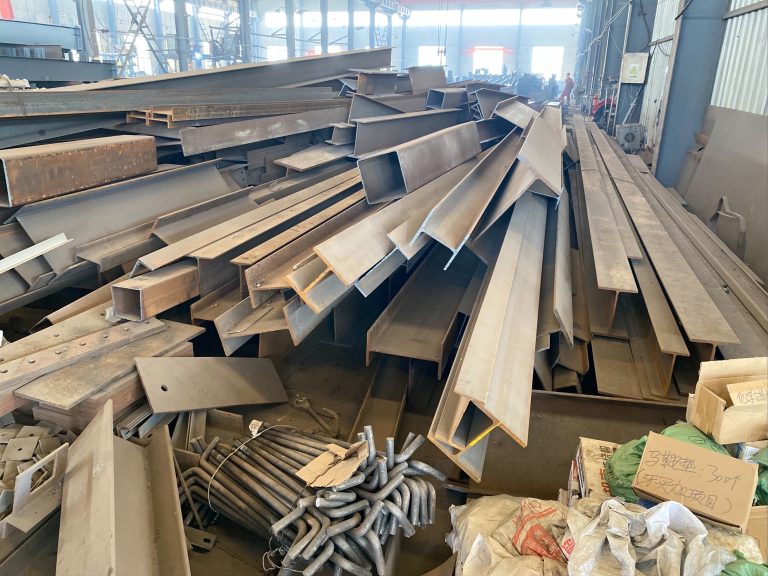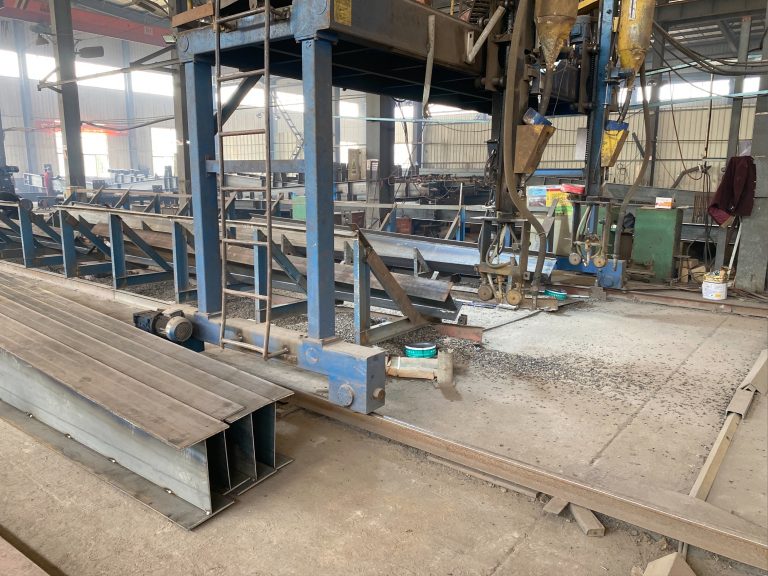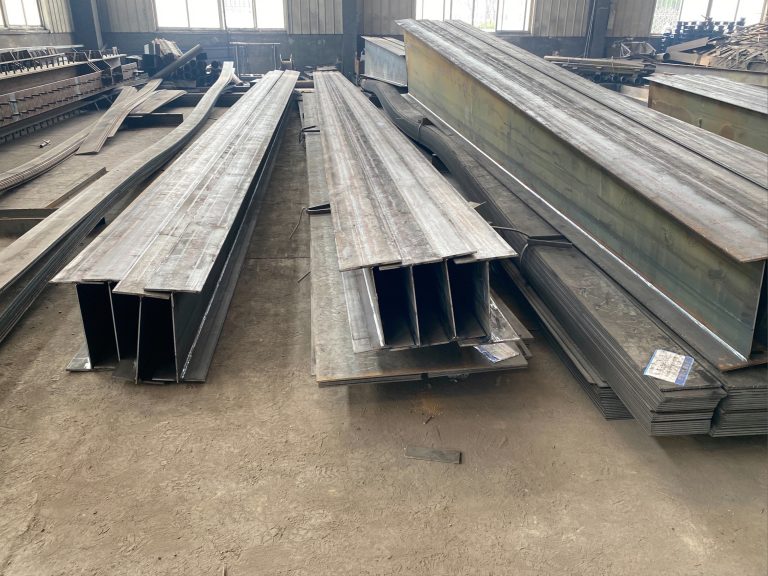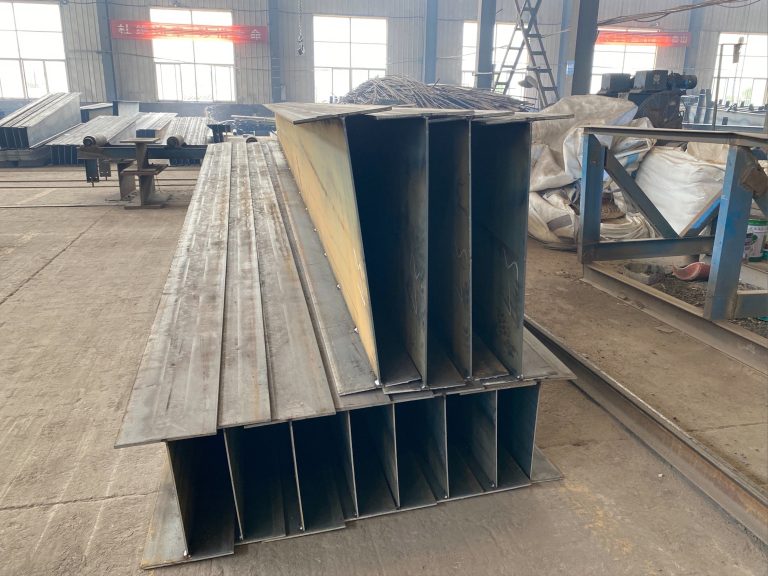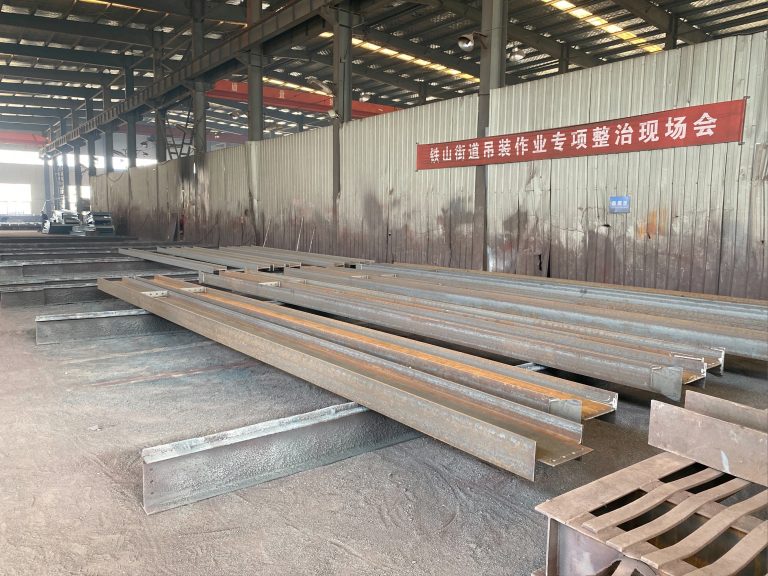Application of steel structure in nuclear power plant construction
Table of Contents
Advantages of Using Steel Structure in Nuclear Power Plant Construction
The construction of nuclear power plants requires careful planning and consideration of various factors, including the materials used in the construction process. One material that has proven to be highly advantageous in the construction of nuclear power plants is steel. The use of steel structures in nuclear power plant construction offers several benefits, including strength, durability, and cost-effectiveness.
One of the primary advantages of using steel structures in nuclear power plant construction is the material’s strength. Steel is known for its high tensile strength, which makes it an ideal choice for supporting heavy loads and withstanding extreme environmental conditions. This strength is crucial in the construction of nuclear power plants, where the structures must be able to support the weight of heavy equipment and withstand potential seismic activity. Additionally, steel structures can be designed to meet specific load requirements, ensuring that they can withstand the unique demands of a nuclear power plant environment.
In addition to its strength, steel is also highly durable, making it an excellent choice for long-term construction projects such as nuclear power plants. Steel structures are resistant to corrosion, which is essential in an environment where exposure to radiation and other harsh elements is a concern. This durability ensures that the structures will remain intact and functional for many years, reducing the need for frequent maintenance and repairs. Furthermore, steel structures are also resistant to fire, which is a critical consideration in the construction of nuclear power plants where safety is of utmost importance.
Another significant advantage of using steel structures in nuclear power plant construction is their cost-effectiveness. While the initial cost of steel may be higher than some other construction materials, the long-term benefits of using steel often outweigh the initial investment. Steel structures require minimal maintenance and have a long lifespan, reducing the overall cost of ownership over time. Additionally, steel is a highly recyclable material, making it an environmentally friendly choice for construction projects. The recyclability of steel also reduces the environmental impact of nuclear power plant construction, aligning with the industry’s increasing focus on sustainability.
The versatility of steel structures is another advantage that makes them well-suited for nuclear power plant construction. Steel can be easily fabricated into various shapes and sizes, allowing for the customization of structures to meet specific design requirements. This versatility also enables the integration of steel structures with other construction materials, providing flexibility in the overall design and construction process. Furthermore, steel structures can be prefabricated off-site, reducing construction time and minimizing disruption to the surrounding environment.
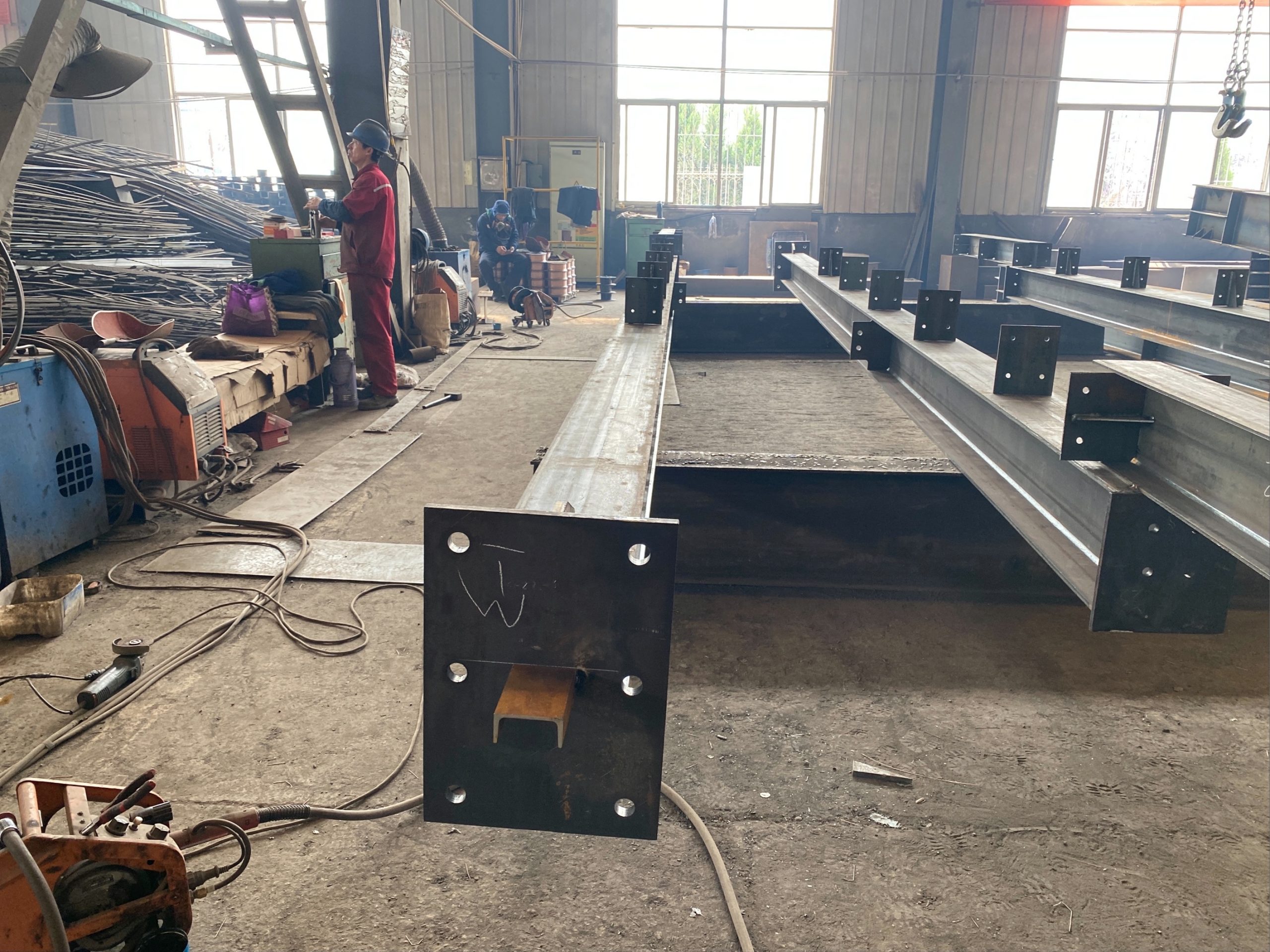
In conclusion, the application of steel structures in nuclear power plant construction offers several advantages, including strength, durability, cost-effectiveness, and versatility. These benefits make steel an ideal choice for supporting the unique demands of nuclear power plant construction, where safety, reliability, and long-term performance are paramount. As the demand for clean and sustainable energy sources continues to grow, the use of steel structures in nuclear power plant construction will likely remain a prevalent and advantageous practice in the industry.
Safety Measures and Regulations for Steel Structure Application in Nuclear Power Plant Construction
The construction of nuclear power plants requires the use of materials that can withstand extreme conditions and provide a high level of safety. Steel structures have been widely used in the construction of nuclear power plants due to their strength, durability, and ability to withstand high temperatures and pressures. However, the application of steel structures in nuclear power plant construction is subject to strict safety measures and regulations to ensure the integrity and safety of the facility.
One of the key safety measures for the application of steel structures in nuclear power plant construction is the adherence to strict design and construction codes and standards. These codes and standards are developed by regulatory bodies and industry organizations to ensure that the steel structures used in nuclear power plants meet specific safety and performance requirements. For example, the American Society of Mechanical Engineers (ASME) Boiler and Pressure Vessel Code provides guidelines for the design, construction, and inspection of steel structures used in nuclear power plants to ensure their safety and integrity.
In addition to design and construction codes and standards, the application of steel structures in nuclear power plant construction is also subject to rigorous quality control and inspection processes. Quality control measures are implemented throughout the manufacturing and construction process to ensure that the steel structures meet the required specifications and standards. This includes the use of high-quality materials, precise fabrication techniques, and thorough inspection and testing procedures to verify the integrity and performance of the steel structures.
Furthermore, the application of steel structures in nuclear power plant construction also involves the consideration of environmental and seismic factors. Nuclear power plants are often located in areas prone to natural disasters such as earthquakes, hurricanes, and floods. As such, the steel structures used in nuclear power plant construction must be designed to withstand these extreme environmental conditions and provide a high level of safety and resilience. This may involve the use of special design features, such as seismic bracing and reinforcement, to enhance the structural integrity of the steel structures.
Another important aspect of safety measures for the application of steel structures in nuclear power plant construction is the implementation of strict safety protocols and procedures during the installation and operation of the steel structures. This includes the training of personnel involved in the construction and maintenance of the steel structures, as well as the development of emergency response plans and procedures to address potential safety hazards and incidents. Additionally, regular maintenance and inspection of the steel structures are essential to ensure their continued safety and performance.
In conclusion, the application of steel structures in nuclear power plant construction is subject to strict safety measures and regulations to ensure the integrity and safety of the facility. This includes adherence to design and construction codes and standards, rigorous quality control and inspection processes, consideration of environmental and seismic factors, and the implementation of strict safety protocols and procedures. By following these safety measures and regulations, the application of steel structures in nuclear power plant construction can provide a high level of safety and reliability for the facility and its surrounding environment.

